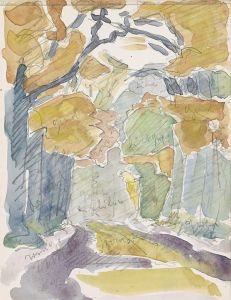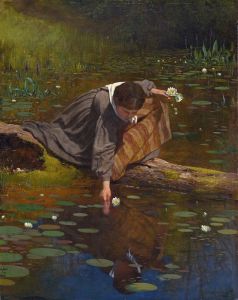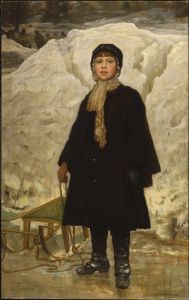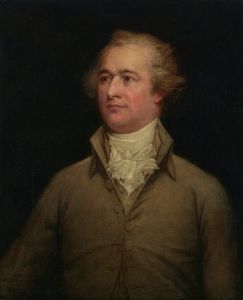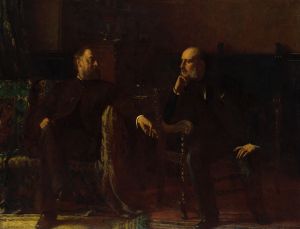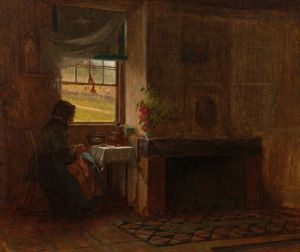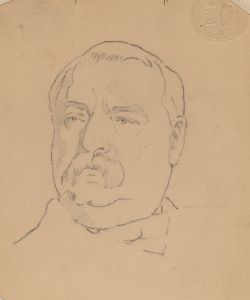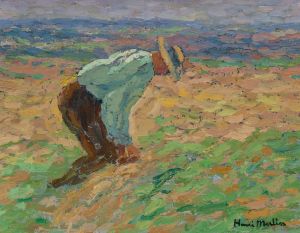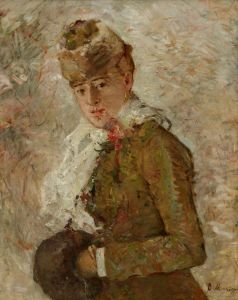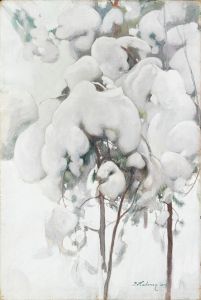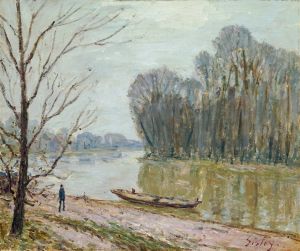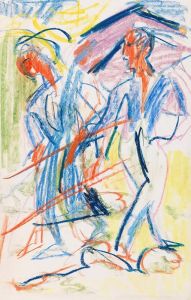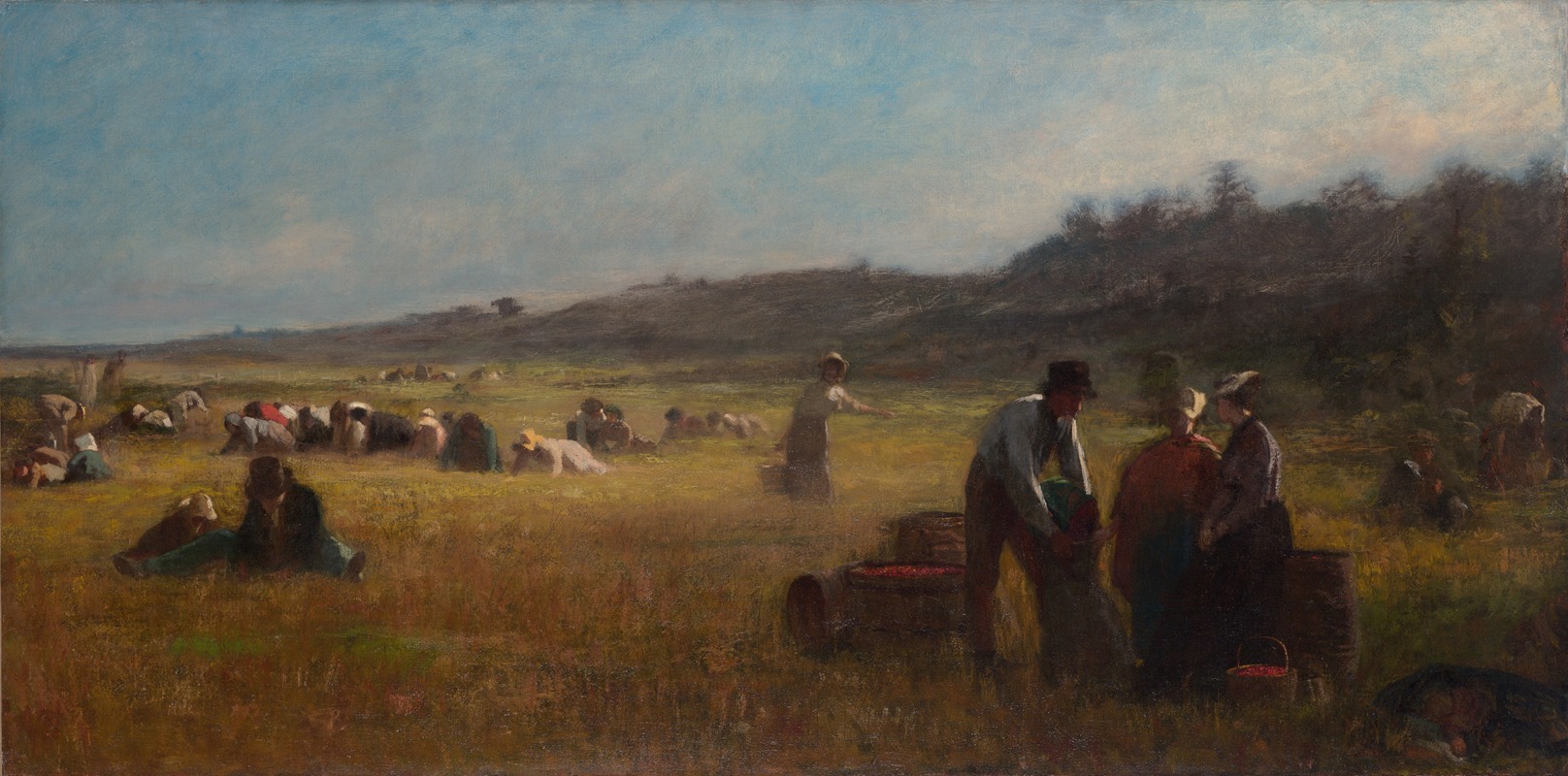
Cranberry Pickers
A hand-painted replica of Eastman Johnson’s masterpiece Cranberry Pickers, meticulously crafted by professional artists to capture the true essence of the original. Each piece is created with museum-quality canvas and rare mineral pigments, carefully painted by experienced artists with delicate brushstrokes and rich, layered colors to perfectly recreate the texture of the original artwork. Unlike machine-printed reproductions, this hand-painted version brings the painting to life, infused with the artist’s emotions and skill in every stroke. Whether for personal collection or home decoration, it instantly elevates the artistic atmosphere of any space.
"Cranberry Pickers" is a painting created by the American artist Eastman Johnson in 1878. Johnson, known for his genre scenes and portraits, was a prominent figure in 19th-century American art. This particular work is an excellent example of his ability to capture everyday life and the social conditions of his time.
The painting depicts a group of people engaged in the activity of picking cranberries, a common agricultural task in certain parts of the United States during the 19th century. The scene is set in a rural landscape, likely in New Jersey or Massachusetts, where cranberry bogs were prevalent. Johnson's attention to detail and his skillful use of light and shadow bring the scene to life, highlighting the labor-intensive nature of cranberry harvesting.
In "Cranberry Pickers," Johnson portrays a diverse group of individuals, including men, women, and children, working together in the fields. This reflects the communal aspect of agricultural work during that period, where entire families often participated in the harvest. The clothing and tools depicted in the painting provide insight into the daily lives and working conditions of these rural laborers.
Johnson's work is notable for its realism and its empathetic portrayal of his subjects. He often focused on the lives of ordinary people, and "Cranberry Pickers" is no exception. The painting captures the dignity and resilience of the workers, emphasizing their connection to the land and the importance of their labor.
The composition of the painting is carefully arranged to draw the viewer's eye across the scene. Johnson uses a naturalistic color palette, with earthy tones dominating the landscape and the figures. The play of light and shadow adds depth and dimension to the painting, creating a sense of movement and activity.
Eastman Johnson was a co-founder of the Metropolitan Museum of Art in New York City, and his works are held in numerous prestigious collections. "Cranberry Pickers" is an important piece within his oeuvre, exemplifying his commitment to depicting American life with authenticity and compassion.
The painting not only serves as a historical document of agricultural practices but also as a testament to Johnson's artistic skill and his ability to convey the human experience. Through "Cranberry Pickers," viewers gain a deeper understanding of the social and economic conditions of 19th-century rural America, as well as an appreciation for the artistry of Eastman Johnson.





